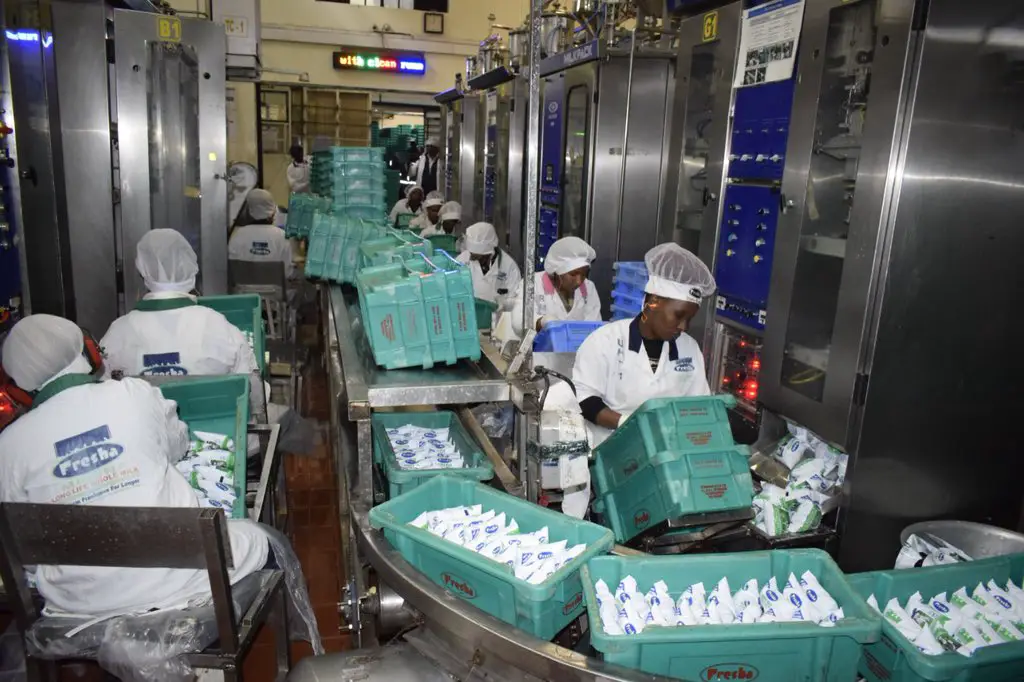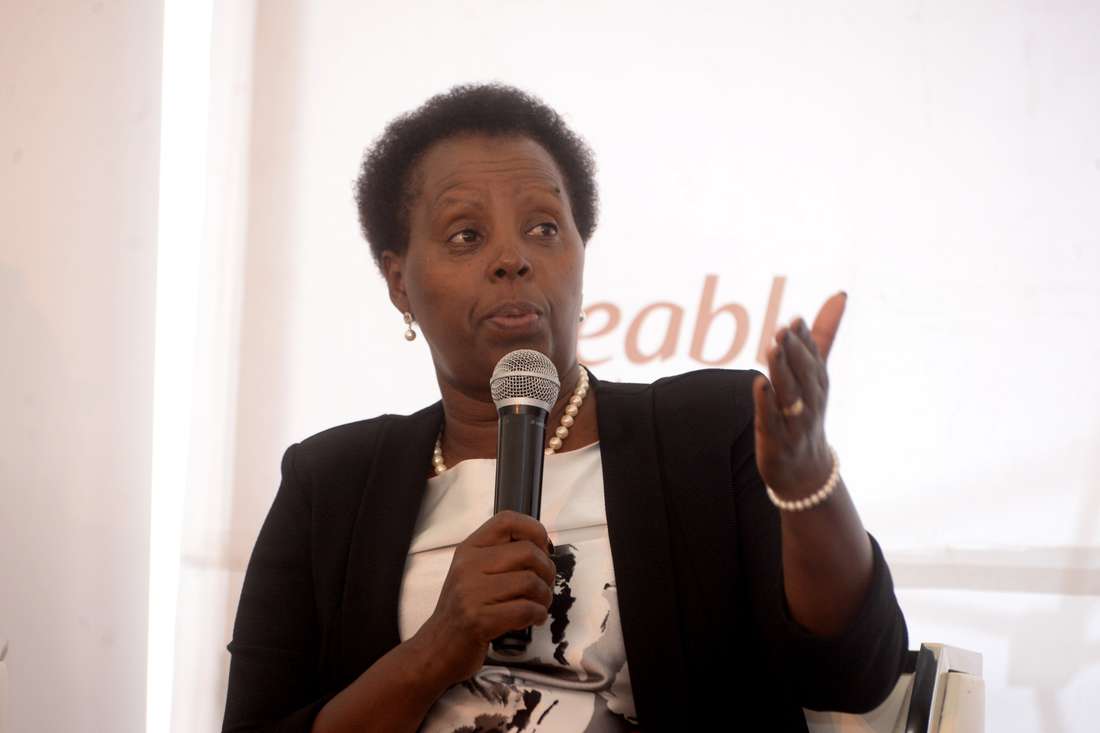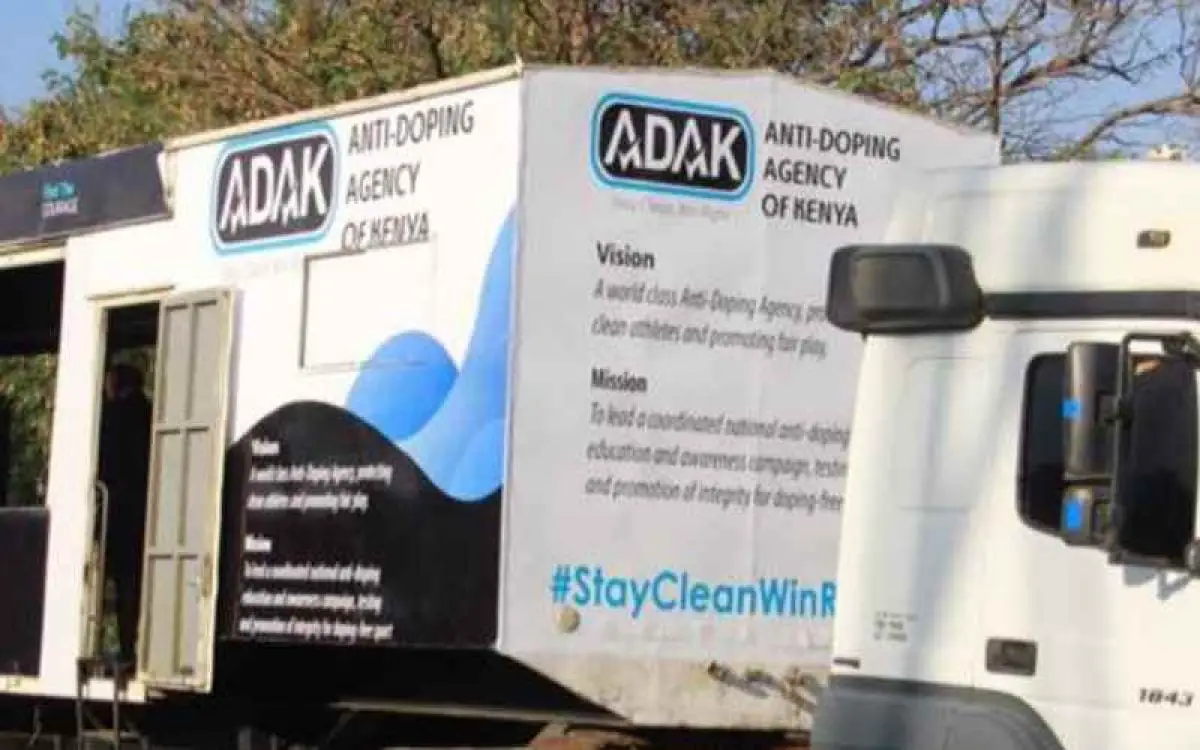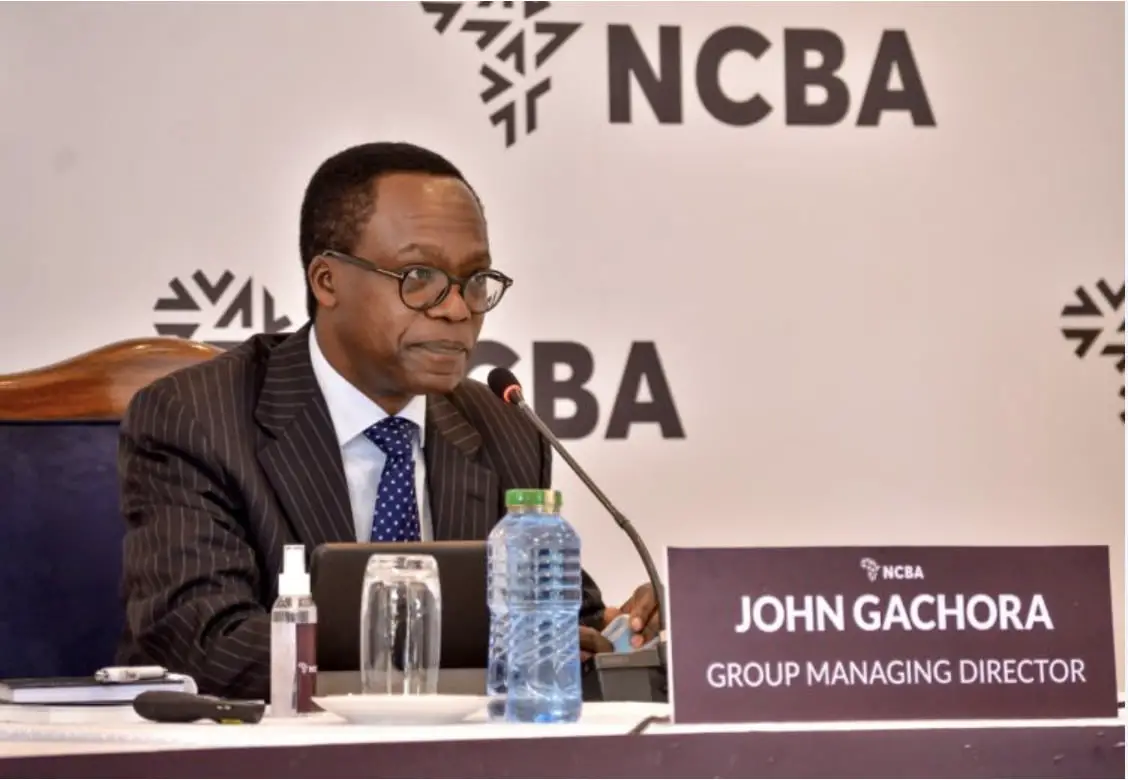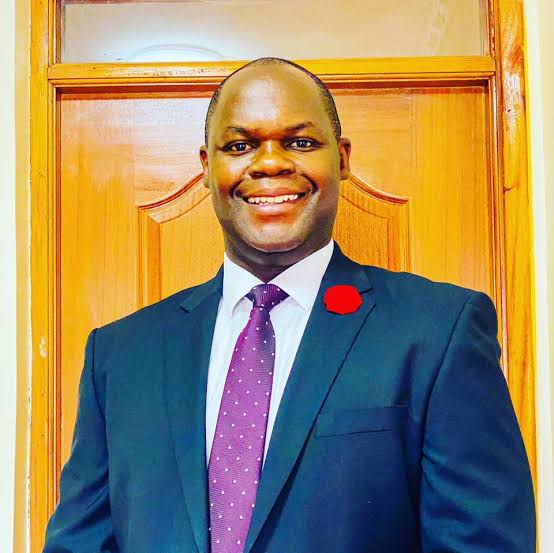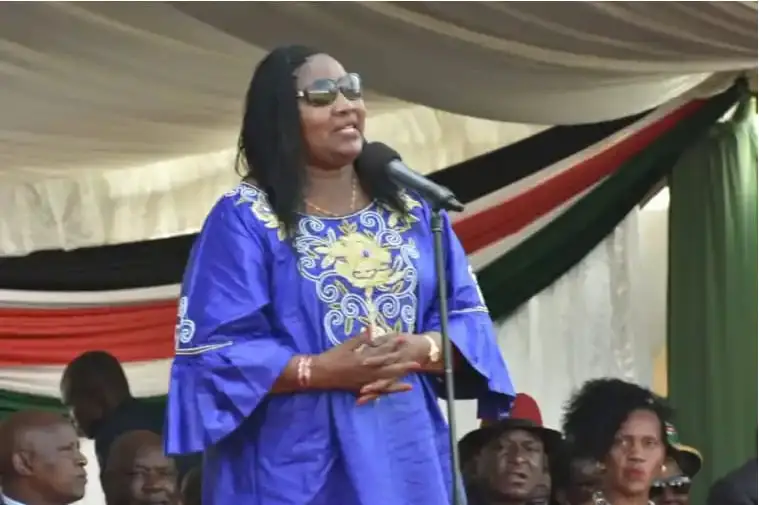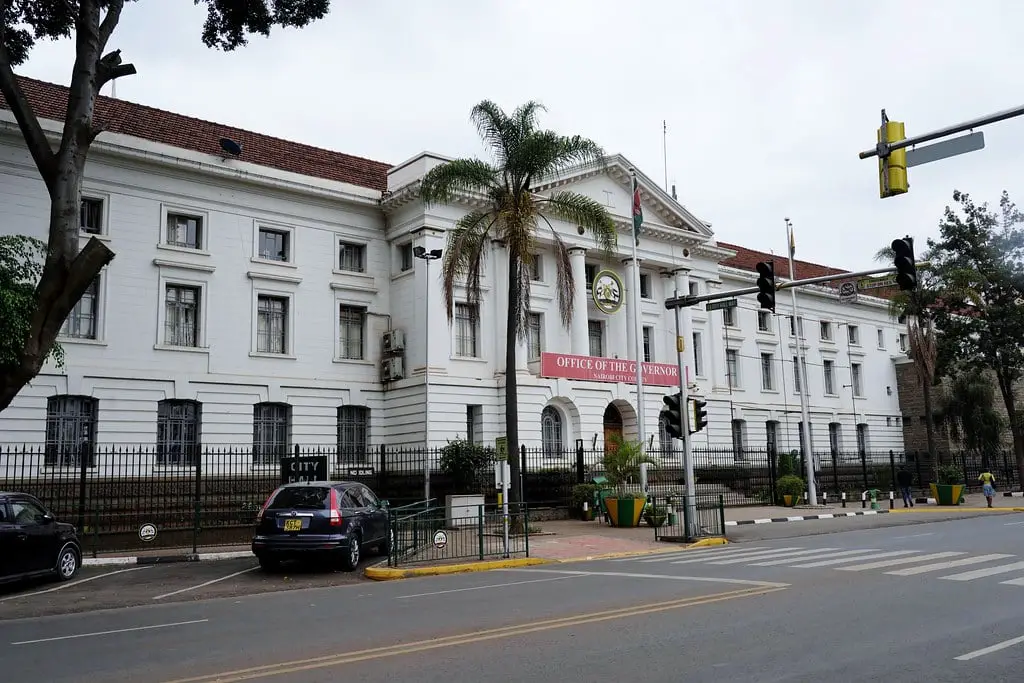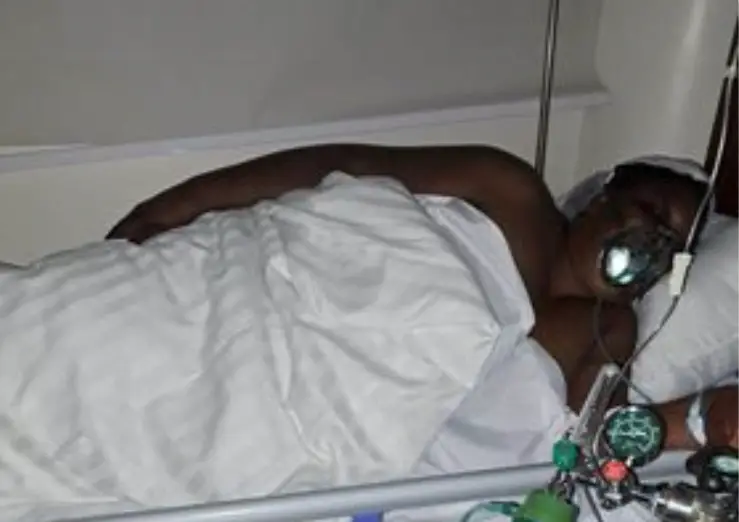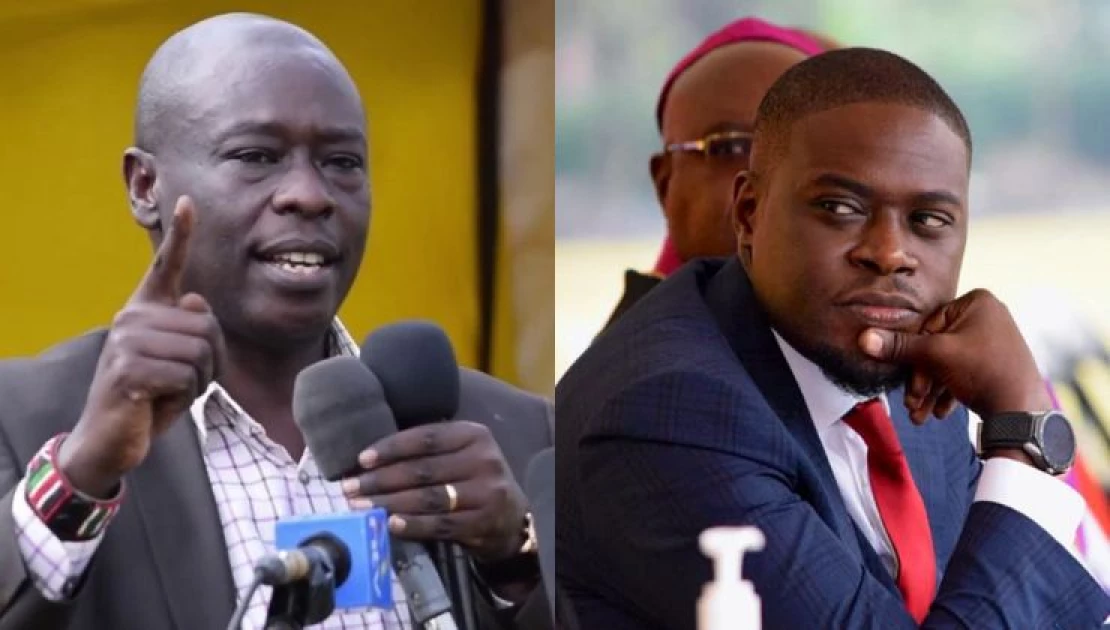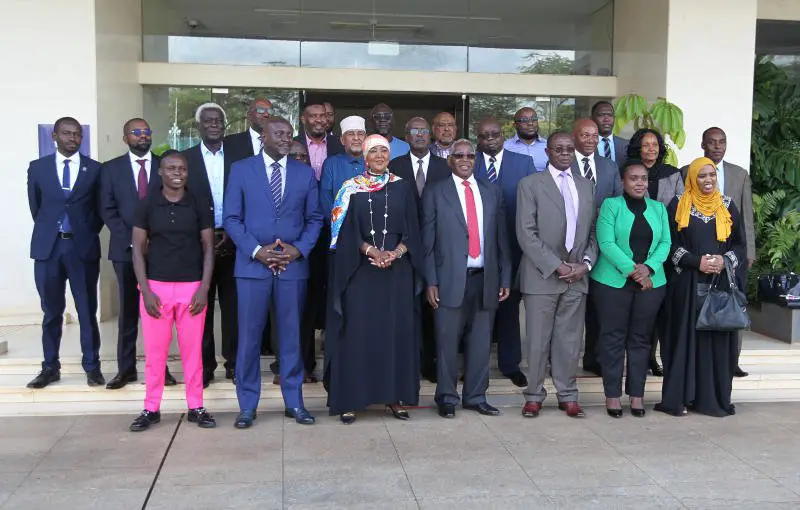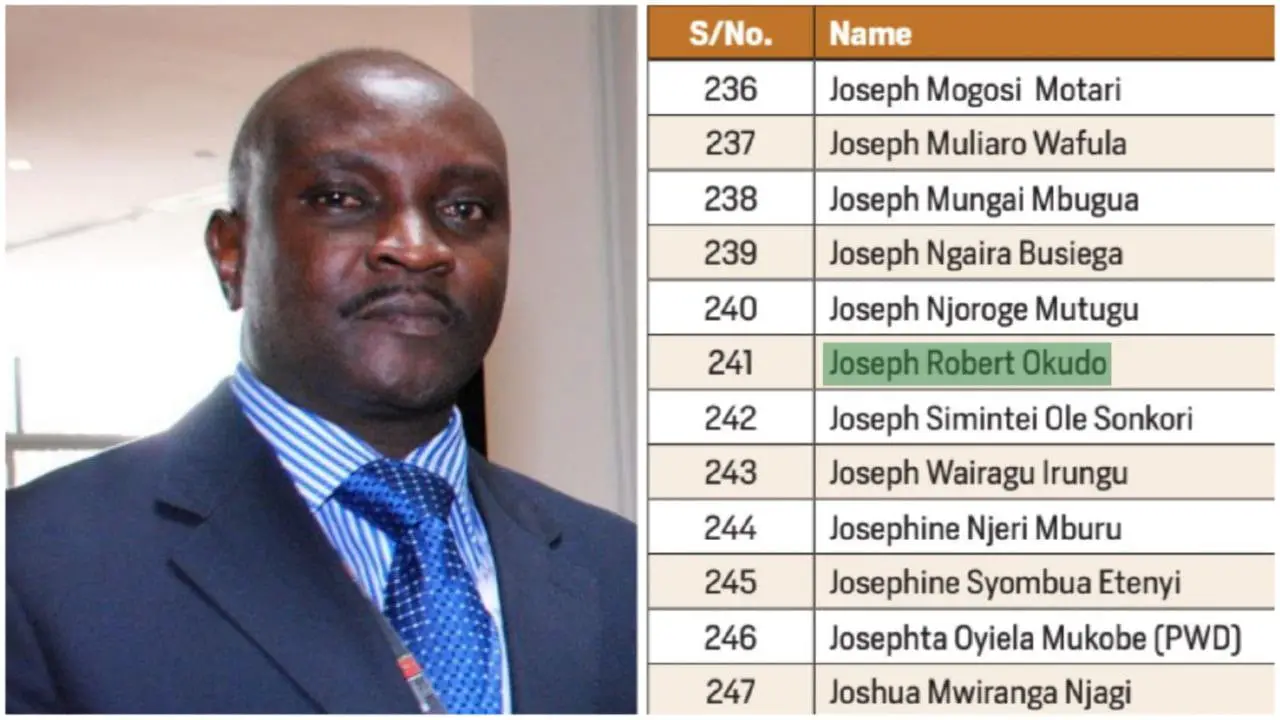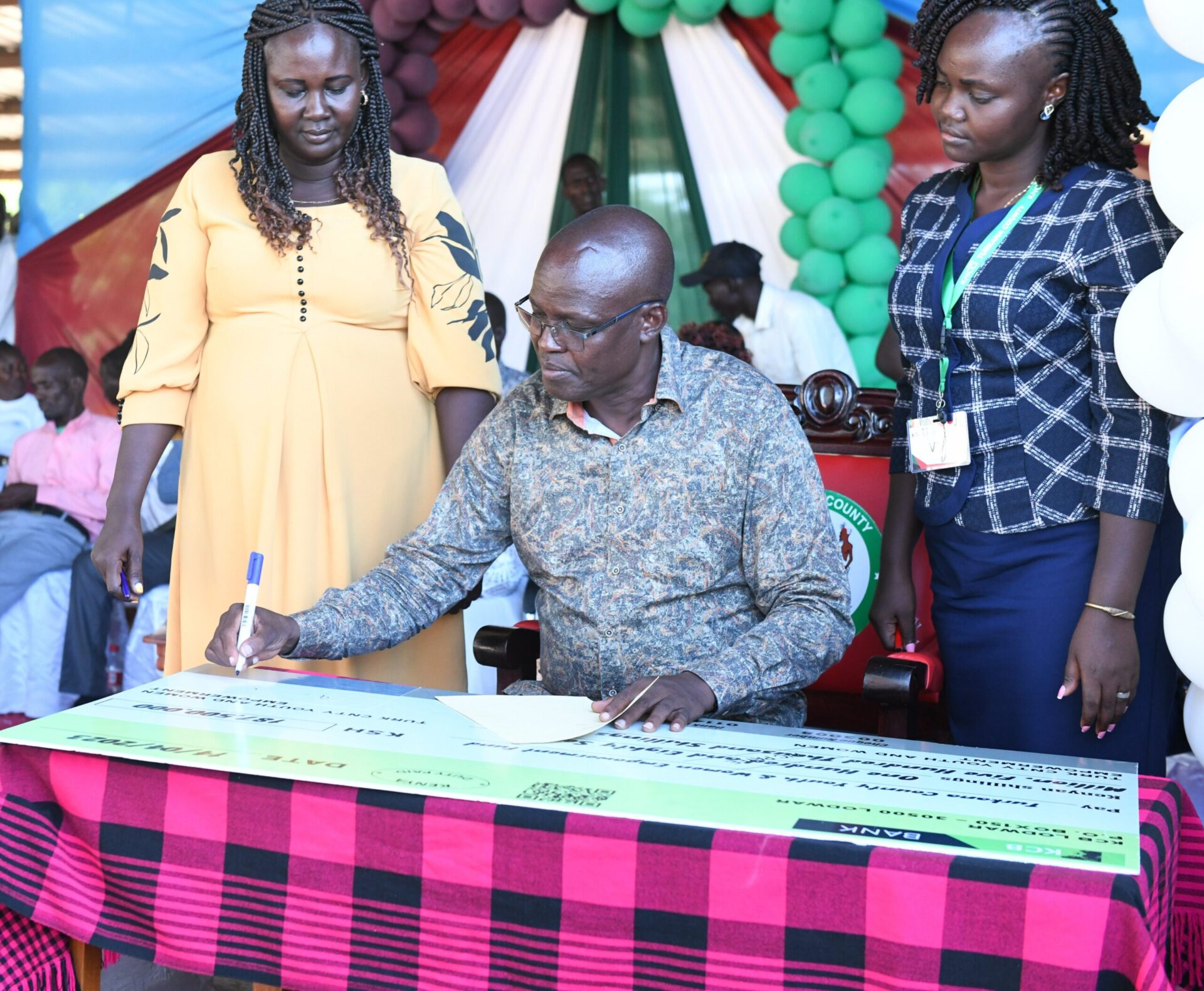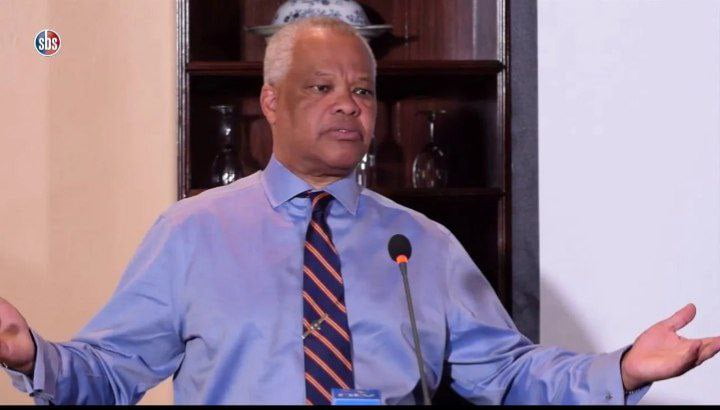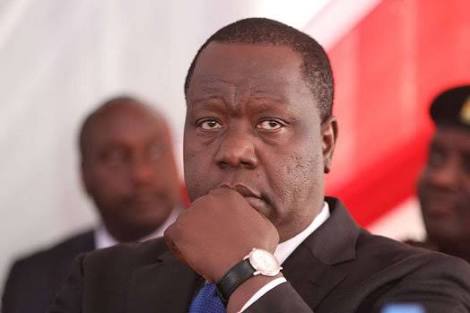
Rail transport in Kenya continues to undergo transformation aimed at positioning the sector as a key player in steering the country’s economy.
In recent years, it has been quite fulfilling to witness the Kenya Railways Corporation (KRC) roaring back to life.
This shift in fortunes has often been linked to the completion and launch of the Chinese-funded Standard Gauge Railway (SGR).
It is, however, worth noting that part of the reasons behind KRC’s success was the introduction of stronger governance frameworks that have completely revolutionized the organization into a modern powerhouse.
They made this possible through a competent and ethical leadership composed of tried and tested public servants.
KRC is under the watchful radar of the Kenya Transport and Logistics Network (KTLN), a state agency which was created under an executive order.
Its super board of directors is chaired by John Ngumi, a financial maverick known for his turnaround administration skills.
The state corporations under the KTLN are KRC, Kenya Pipeline Company (KPC) and the Kenya Ports Authority (KPA), which have all been brought under the coordination of the Industrial and Commercial Development Corporation (ICDC) as a holding company.
The ICDC now sits under the National Treasury.
This has created a strong footing for the KRC to continue implementing its transformative agenda and affecting the lives and livelihoods of Kenyans.
For instance, following its launch in 2017, the KRC and Asian contracted firms have jointly managed operations on the 480-kilometre SGR line connecting Mombasa to Nairobi.
But this will soon change as the KRC is currently on track towards assuming full responsibility for the management of the project, marking an important milestone for the country.
In media statements earlier this year, KRC Managing Director and CEO Phillip Mainga confirmed that over 60 per cent of SGR operations are now handled by KRC.
They are actively pushing to move the number to 100 per cent by the end of 2022.
This means the KRC will now oversee the loading and offloading of the SGR passenger and cargo trains.
They will also take on the responsibility for other key management functions, such as ticketing.
This transfer of SGR management to the KRC is bound to result in cost savings and local job creation.
“We are optimistic that once we bring all staff members from the operator on board, the cost of operation will go down,” said the CEO, who was appointed to the position in 2020 after having successfully served as the parastatal’s Research Manager.
The SGR has been a massive success.
The trains are faster than the old railway wagons and road traffic.
It is no wonder that its passenger services are quite popular.
Tickets sell out weeks in advance of busy seasons such as Easter and Christmas.
The amount of freight carried by the SGR has also risen significantly since commercial operations began, and it has helped to decongest port operations, speed freight transportation, and enhance cargo security.
Currently, KRC is operating 10 freight trains from Mombasa to Nairobi and Naivasha Inland Container Depots. Nine of these wagons move cargo to Nairobi ICD and one to Naivasha daily.
SGR has also been successfully extended from Nairobi to Naivasha, with plans to move further inland to Kisumu, Malaba and ultimately to Uganda in the coming years.
The important task of consolidating and extending these gains now falls on KRC, even as plans to finance and implement the expansion of the line further inland gather steam.
One important milestone KRC has achieved in 2022 is the successful linkage between the SGR and the old Meter Gauge Railway to provide seamless transportation.
KRC earlier in the year conducted its first trial of train cargo from Mombasa to Malaba on the newly constructed link, which connects the Standard Gauge Railway and Meter Gauge Railway in Naivasha.
While the future is anything but certain, the exemplary track record that KRC has established in executing its mandate in recent years inspires confidence that it will be equally successful in managing and expanding the SGR.
If anything, it performed exceptionally well in rehabilitating the old meter-gauge railway, which traces its roots back to the colonial era.
Despite being over a century old, it still occupies an important place in the country’s transport network.
It provides crucial linkages between Nairobi and Kisumu, as well as Nairobi and other inland markets, including towns such as Nakuru Nanyuki and Eldoret, just to name a few.
The old meter-gauge railway had fallen into a sorry state of neglect in the years, prompting KRC to kick off a project of repairing and rehabilitating the line.
The state corporation has successfully rehabilitated over 566 kilometres, breathing new life in many towns and rural centres.
Some examples of milestones achieved under this project include the rehabilitation of the 178-kilometre Nairobi–Nanyuki line, which led to the resumption of cargo and passenger train services along the route after an absence of almost 20 years.
The rehabilitated line is now a boon for traders in the agricultural towns along the track.
Coffee and tea farmers can move their produce at reduced costs, which improves the profit margins and livelihoods of the natives.
The KRC has also reintroduced livestock transport, meaning livestock farmers can transport their cattle from Nanyuki Railway Station to Nairobi’s Kenya Meat Commission Depo at reduced costs.
The 217-kilometre Nakuru-Kisumu MGR line was also revived after 25 years of dormancy.
Now there are up to 18 stations along the line, which have all been renovated and expected to stimulate trade and revitalize dozens of local economies.
Not to mention, passengers get to enjoy the scenic Rift Valley during travel, which is unlocking an untapped tourism potential of the region.
In Nairobi, the KRC continues to play an integral role in improving the efficiency of public urban movement, where traffic congestion and poor planning have weighed down the capital city’s transport network.
To ease this pain, KRC has been actively pursuing investments in infrastructure and staff training aimed at improving the capacity of the city’s rail network and creating better experiences for the commuters, especially during peak hours.
It is also building ten new stations in Nairobi and its satellite towns as it seeks to bring its services closer to commuters and boost passenger numbers.
The upcoming stations are in Kibera, Kenyatta University, Mukuru Kwa Njenga, Satellite in Nairobi and Mutindwa, Lukenya, and Konza in Machakos.



